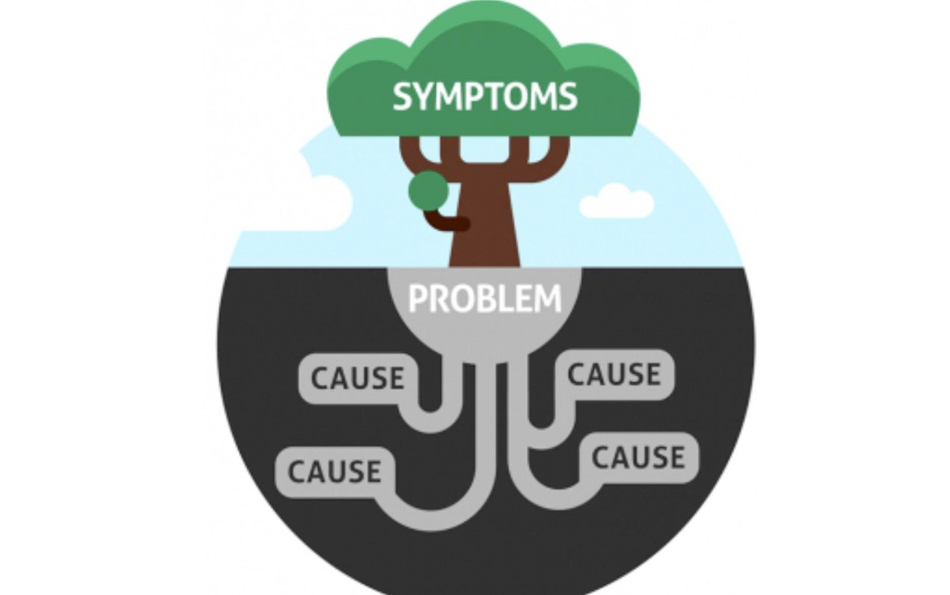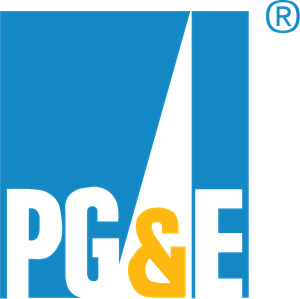Symptoms of Barriers to Growth:
Do these symptoms of barriers to growth sound familiar?
- employees under-performing
- sales slumping or stagnating
- ineffective leadership
- teams not collaborating
- employees disengaged
- high-potential people going undeveloped.
How about these?
- trying to be “all things to all customers”
- proliferation of inventory items
- putting resources into products or services that don’t generate a return
- disappointing product launches or marketing campaigns
- unaware of which products or services really generate cash
Companies need to grow as fast as possible or they will get behind their competition. In over 35 years of experience, I have seen (and am guilty of) many instances of managers spending invaluable time dealing with the symptoms rather than the root causes of low growth.
Root Barriers to Growth – Fit:
The first set of symptoms regarding employees point to a root problem with Fit – the wrong people in the wrong jobs or the right people not adjusting to the true requirements of their jobs. If there isn’t a good match between the person and their role, a lot of effort will go for minimal results.
Most selection processes do a fair job of evaluating a candidate or employee’s knowledge, skills, and experience. Structured interviews, whether for hiring or promotion, can also determine the values desired for the job or company. The difficult part to discern is a person’s hard-wiring – those innate drives that cause an individual’s behavior pattern over time. If we don’t understand the behavior patterns required to be successful in the role, we often get surprised later.
Our natural reaction as managers is to try and fix the person – we are problem-solvers, right? However, if you have the wrong fit such as:
- a structure-oriented person in an unstructured role or
- an analytical, introverted person in a persuasive people-oriented role
- a methodical step-by-step person in a role requiring a sense of urgency and rapidly changing priorities
you will be spending time trying to pound that square peg into a round hole. We need to know these attributes about the role and the person at the time we make the decision to proceed ahead.
The behavioral aspects of jobs and people can be determined and measured. I have chosen to work with the Predictive Index® Job and Behavior Assessments due to their balanced emphasis on assessing work requirements as much as people, rather than focusing primarily on personality styles or categories.
Root Barriers to Growth – Focus:
The second set of symptoms:
- lack of visibility to product or service profitability
- throwing more products and services at slow sales
- investing human and financial resources on products or services for minimal return
point to a root problem with focus. Data is either not available or not being utilized to see what is either generating or consuming cash. The reports that executives use to make resource decisions often show overall sales, cost, and profitability. They don’t (or can’t) get down to the level of detail and perspective to make the most profitable decisions. Sometimes the way we allocate costs gives a skewed view of cash generation. This causes us to focus on the wrong products or services.
Again, our natural reaction as problem-solvers is to throw more resources at the problem. We may make people changes when, in fact, we may have the right people focused on the wrong things. Without clear visibility to where cash is coming from, we are liable to spend a lot of time, energy, and resources with little improvement.
The solution requires diving into the details of the reporting systems to see the moving parts that lead to current results and which ones would lead to increased cash contribution. Re-looking at the way we “slice-and-dice” the business can provide new understanding. Also, rethinking the traditional allocation of costs can yield valuable insights.
This approach worked well in my last two executive roles. We restructured the product line and reconfigured the paper mill of an 80-year-old paper company. In an internet services and equipment sales company, we used this approach to decide which divisions to keep and which to sell. These were not easy decisions to make nor implement but left both companies stronger and more sustainable.
Barriers to Growth – The Real Cost:
The real cost of dealing with the symptoms above vs. addressing their root causes is not the time lost trying to change people or pushing products or services that are not successful. The real cost is the time you don’t spend guiding the high potential people who fit their roles well. It’s also the time you are not applying resources to higher-return products or services. Ultimately, it’s the time you don’t spend growing the business!
Contact us for a complimentary trial in either area. Complete the Contact Form on the right side of this page or email to [email protected].






